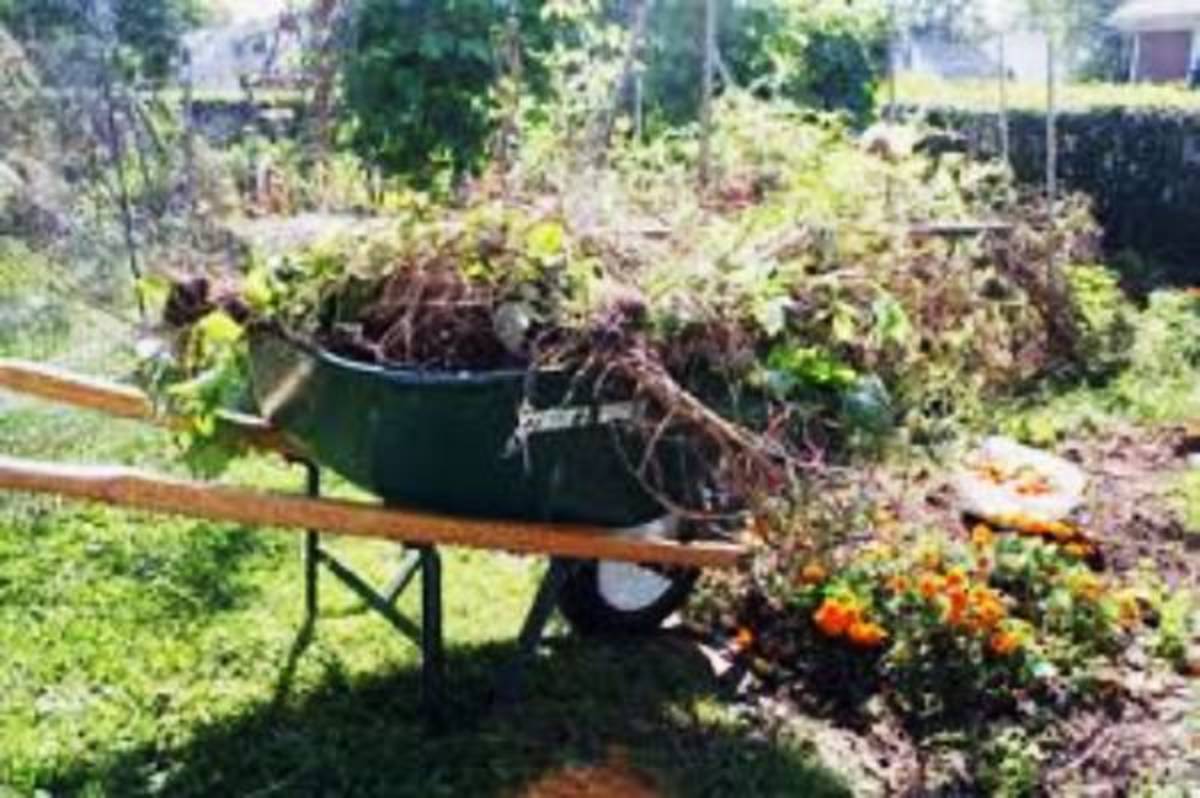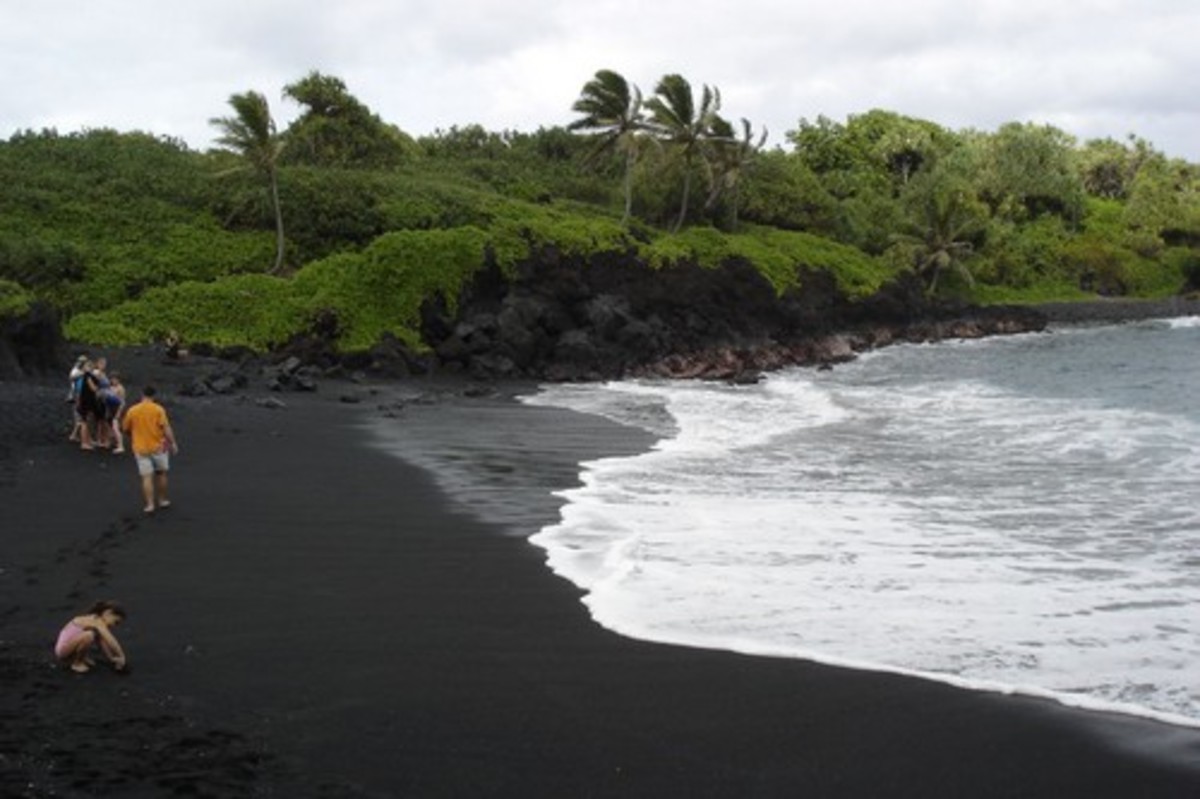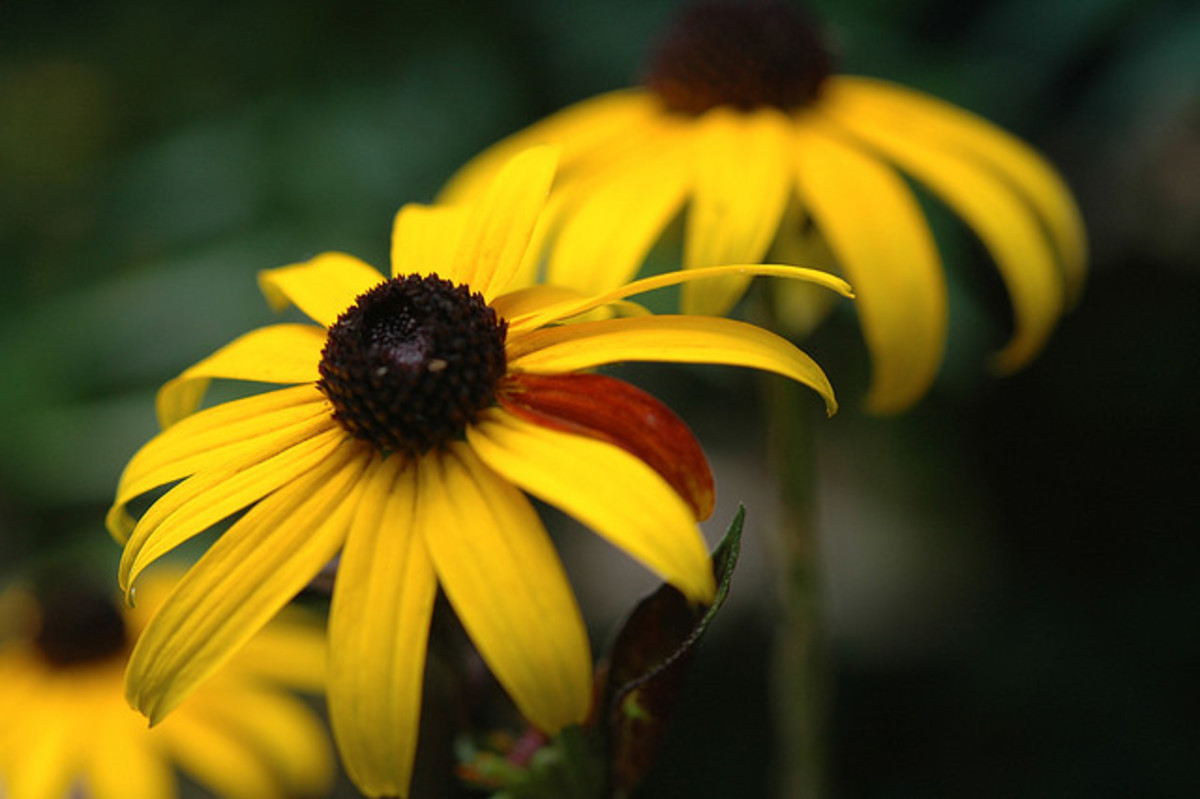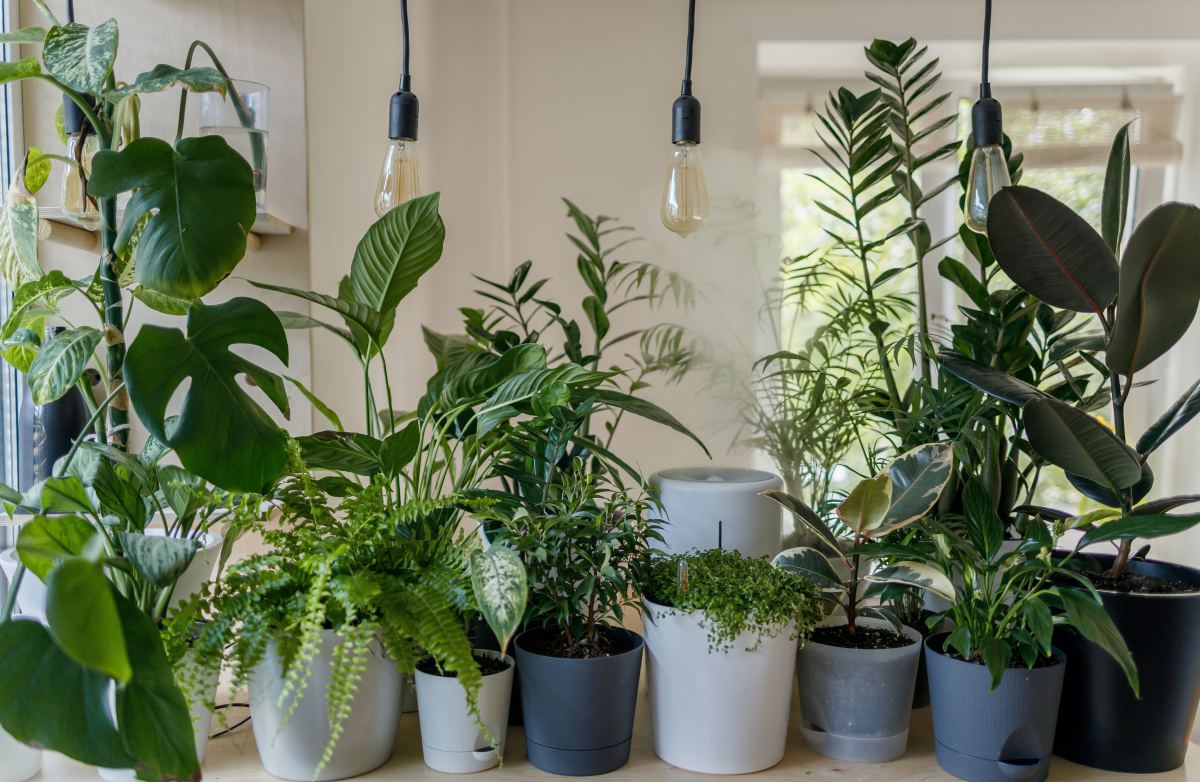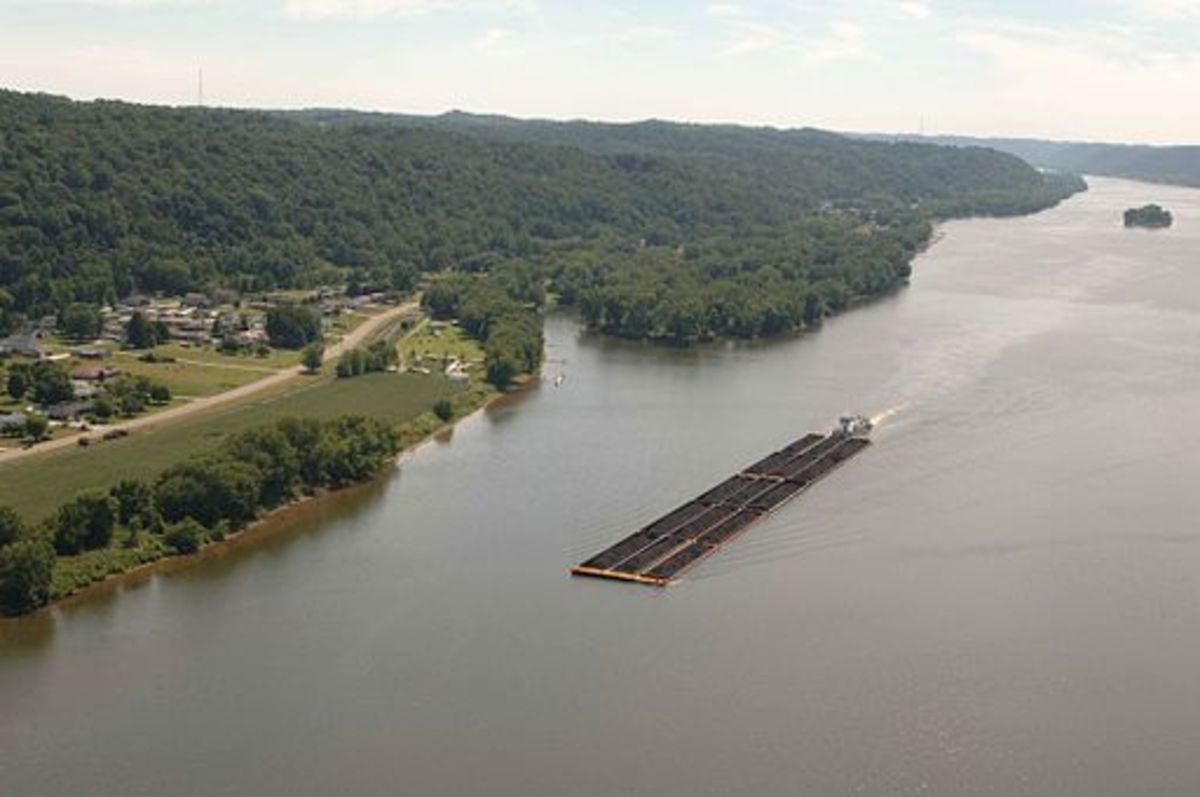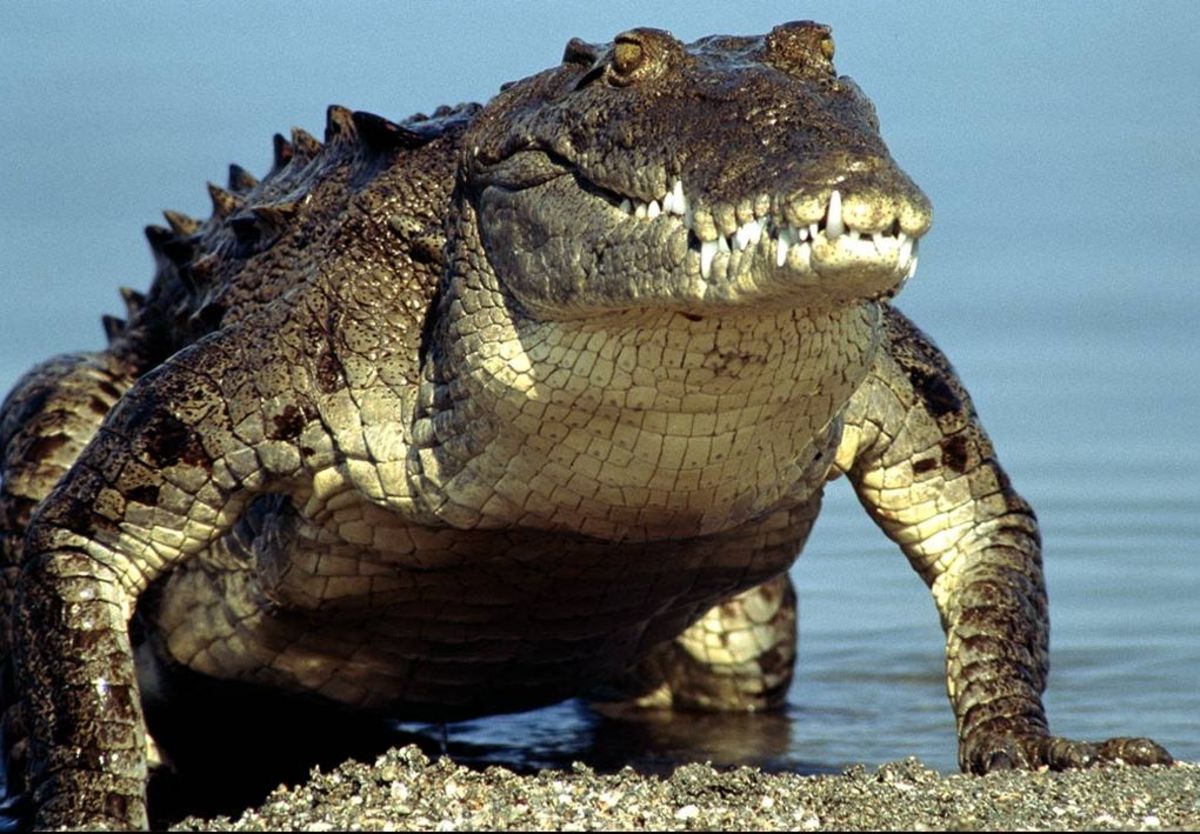Soil conservation
Soil
The topmost layer of the Earth's crust forms the soil. As we know, most animals and human beings depend on plants for their food, so we must protect the soil. Soil is also used for making houses, pots, toys, etc. Minerals present in the soil give different colours to the soil. The structure and texture of the soil depends on the amount of sand, clay, gravel and organic matter present in it.
Soil
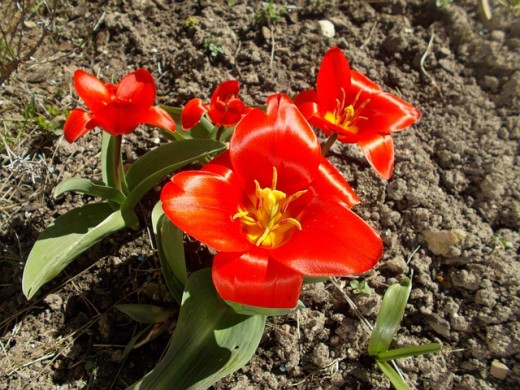
How is soil formed ?
Soil is formed from rocks broken into smaller pieces. The sun heats up rocks during the day and then at night cools them. This heating and cooling of rocks results in cracks in the rocks. Thus, big rocks are broken down into smaller pieces. Again, these pieces are pushed against one another by running water. This again breaks down the rocks into smaller and smaller pieces. This breaking of rocks into smaller pieces is called weathering of rocks.
The tiny pieces of rocks are carried by wind and water to different places and they get deposited on the upper surface of the Earth as soil. The dead animals and plants decay and form an organic matter called humus. This humus gets mixed with the soil and makes it good for the growth of the plants.
Rock break up to form soil
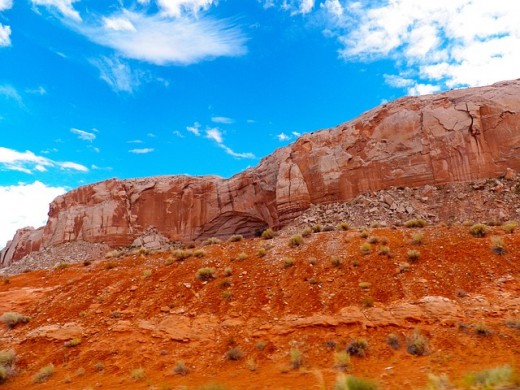
What is the soil made of ?
Soil is made of pieces of rocks. Air, water and organic matter are made up of dead plants and animals.
Layers of soil
Soil has three main layers:
- Topsoil
- Subsoil
- Hard soil or bedrock
1.Topsoil
It is the topmost layer of the soil. It is rich in organic matter. It is soft and dark. It provides air to plant roots. Many living organisms are found in this layer. Plant roots also develop well to absorb nutrients from the soil in this layer.This layer of soil needs most conservation.
2.Subsoil
The middle layer of soil is called the subsoil. It has less organic matter and is orange or red in colour. It consists of broken pieces of rocks. It has less air and so it does not support the growth of the plants.
3.Bedrock
The lowermost layer of the soil is called the bedrock. It has stones and rocks. It is more sandy. Rainwater goes underground and collects in this layer. It is orange or yellow in colour.
Layers of soil
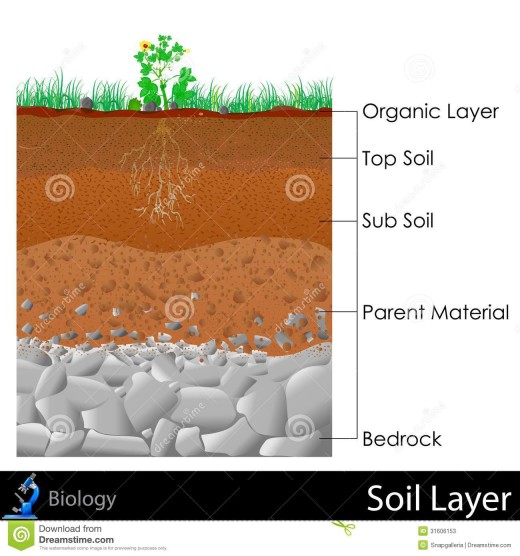
Living organisms in soil
Many animals live in soil. Fungi and bacteria are also found in soil. Centipedes, ants, millipedes, etc., feed on organic matter. They make the soil loose and allow the movement of air. It helps in the growth of the plants. Even animals like rats, rabbits, earthworms, etc. make burrows and holes in the soil
Living organisms in soil
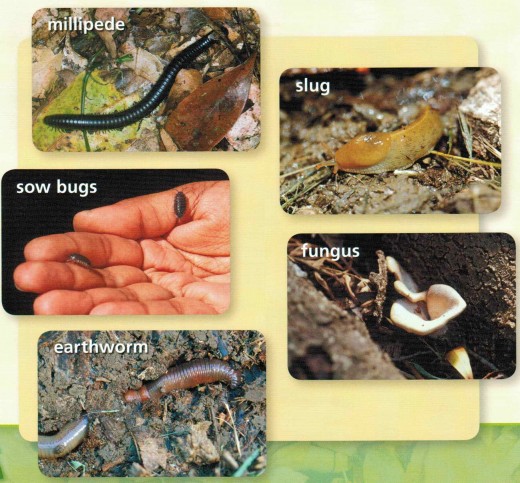
Gravel
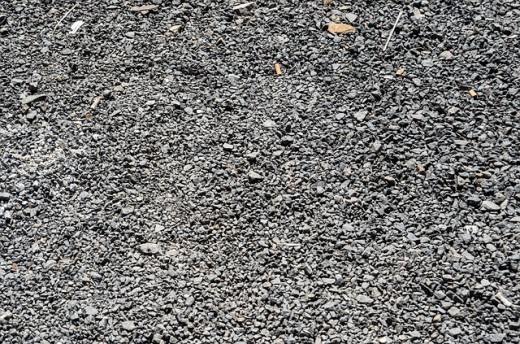
Sand
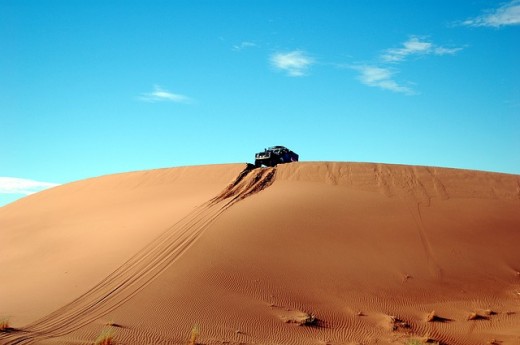
Clay
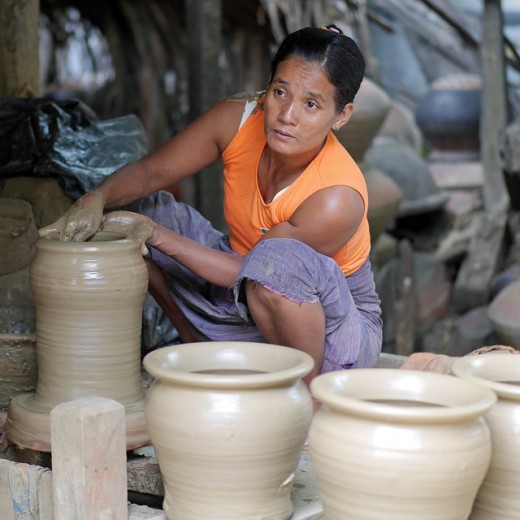
Loam
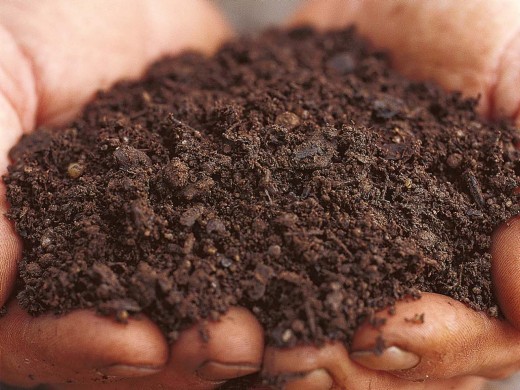
Types of soil
Different places have different types of soil.
1. Gravel
It is made up of stones and pebbles. It does not hold water.
2. Sand
It is made of pieces that are smaller than gravel, but larger than clay. It cannot hold water, so it is not good for plants.
3. Clay
It is very fine. It is smooth and soft. It is used for making toys and pots.
4. Loam
It is a mixture of sand and clay. Loam when mixed with humus is good for the growth of the plants. It can hold air and water needed for the growth of plants.
Soil erosion
Washing away of topsoil with the help of wind and water is called soil erosion. You must have seen during the storm or when the wind blows with a high speed, the soil moves from one place to another. In the same way, when water runs with a great speed, it can carry soil particles from one place to another.
Deforestation means cutting of wood or trees. The cutting down of trees for fuel or for other purposes make the topsoil loose and helps in soil erosion.
Soil conservation
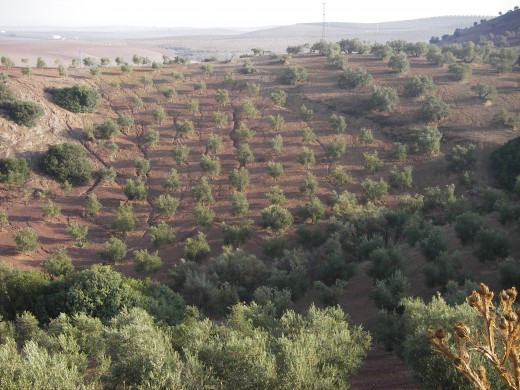
Soil conservation
The topsoil is fertile as it contains nutrients and organic matter required for the growth of plant. Therefore, topsoil must be protected from being washed away by wind and water. The protection of topsoil from being washed away is called soil conservation.
Soil conservation can be done by the following ways:
1. By growing grass
Grass has spreading roots. It can hold the soil so the soil cannot be blown away with the wind.
2. By growing trees
The deep and long roots of trees hold the soil tightly and do not allow the soil to be washed away by wind and water.
3. By terrace farming
A lot of topsoil can be washed away by running water on hill tops. The hill slopes can be cut into terraces where farming can be done. This helps to slow down the speed of the running water. Farming on such slopes is called terrace farming. And this is very helpful in soil conservation.
4. By constructing dams and embankments
Walls of rocks and stones on the banks of rivers are called embankments. These can help to reduce the soil erosion. Rivers flow with a high speed during floods but embankments and dams can check the flow of water and thus helps in soil conservation.
Soil conservation
Farmer's friend
Have you ever heard of farmer's friend? Earthworms are called farmer's friend. They help to turn the soil up and down and thus makes the soil porous. This makes the movement of water and air easy through the soil which in turn helps in the better growth of a plant. Earthworms present in the soil improves the quality of soil.
Always remember
- The topmost layer of the Earth's crust is called soil.
- Soil is made up of air, water, organic matter and pieces of rocks.
- A soil has three layers - topsoil, subsoil, hard soil or bedrock.
- The topsoil is fertile and is good for the growth of plants.
- Soil can be sandy, clayey, loam or gravel.
- Humus is a mixture of dead plants and animals which makes the soil fertile.
- The washing away of soil by wind and water is called soil erosion.
- The protection of soil from being blown or washed away by wind and water is called soil conservation.

